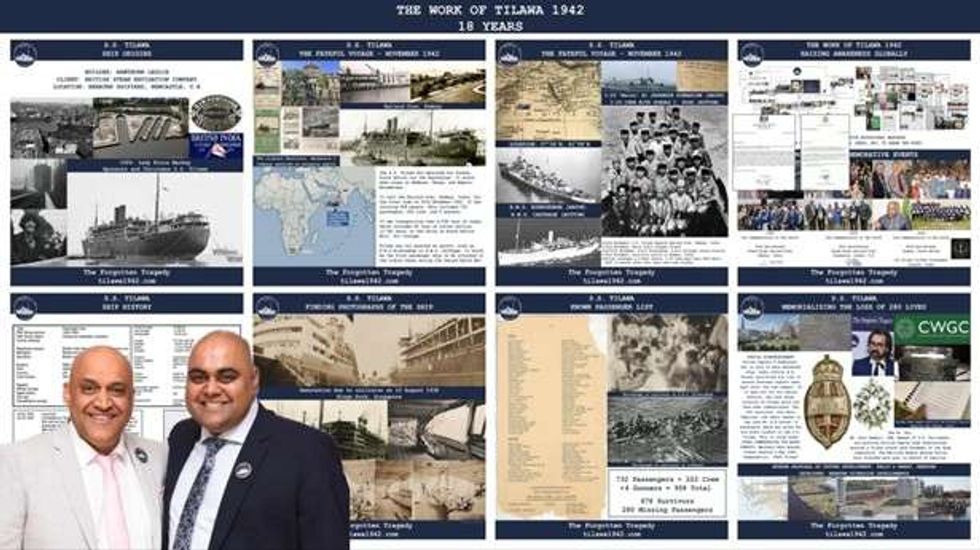THE US president, Donald Trump, said he found a “special bond” with India’s prime minister Narendra Modi as both leaders met in Washington last week to begin talks on an early trade deal and resolve their standoff over tariffs.
New Delhi has also promised to buy more US oil and gas and military equipment, as well as fight illegal immigration, as Modi became only the fourth world leader to visit the White House since Trump’s return to power.
Successive US administrations have seen India as a key partner with like-minded interests in the face of a rising China. Trump announced the new administration was ready to sell one of the top US military prizes – F-35 fighter jets – to India.
“Starting this year, we’ll be increasing military sales to India by many billions of dollars,” Trump told a joint news conference with Modi.
“We’re also paving the way to ultimately provide India with the F-35 stealth fighters,” he added.
A joint statement after the meeting said Washington welcomed New Delhi’s recent steps to lower tariffs on select American products and increase market access to US farm products, while seeking to negotiate the initial segments of a trade deal by the fall of 2025.
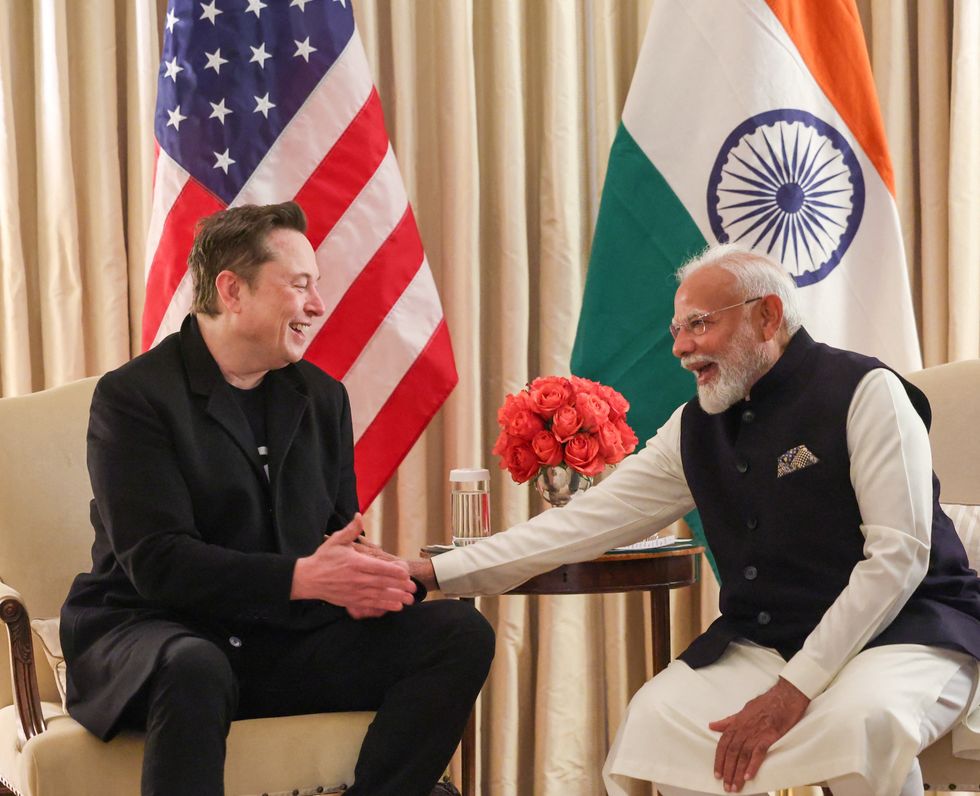
Modi vowed to protect India’s interests. “One thing I deeply appreciate, and I learn from president Trump, is he keeps the national interest supreme,” he said. “Like him, I also keep the national interest of India at the top of everything else.”
The two leaders praised each other and Trump complimented Modi as being a “much tougher negotiator” than he is.
Modi described Trump as a friend and told him he was adopting a take on his “Make America Great Again” slogan – with “Make India Great Again”.
They also agreed to deepen security cooperation in the Indo-Pacific, a thinly veiled reference to competition with China, as well as to start joint production on technologies like artificial intelligence.
Modi said the two countries would work on a “mutually beneficial trade agreement” to be sealed “very soon,” with a focus on oil and gas.
The series of agreements emerged after talks between Trump and Modi at the White House. It came just hours after Trump railed against the climate for US businesses in India and unveiled a roadmap for reciprocal tariffs on countries that put duties on US imports.
“Prime minister Modi recently announced the reductions to India’s unfair, very strong tariffs that limit us access to the Indian market, very strongly,” the US president said. “And really it’s a big problem I must say.”
The deal to resolve trade concerns could be done within the next seven months, said India’s foreign secretary Vikram Misri.
While both leaders “had their perspectives” on tariffs, “what is more remarkable ... is the fact that we have a way forward on this issue,” Misri said.
Meanwhile, academics and policy experts highlighted the significance of Modi’s visit to the US, stressing the achievements and challenges in bilateral relations.
Although several new initiatives were announced, their impact will take time to materialise, with deadlines extending later this year, the experts told Eastern Eye.
“The optics of the meeting were particularly positive, as they demonstrated that the relationship could continue from where Trump left off in his first term. The camaraderie and press conference were well executed,” Vivek Mishra, deputy director, strategic studies programme at the Observer Research Foundation, a New Delhi-based thinktank, told Eastern Eye.
“While many new initiatives were announced, their immediate impact remains to be seen, as they have a deadline extending to fall 2025. It will take at least six to seven months before these announcements begin to materialise.
“The meeting produced several new developments in the partnership. A defence deal was announced, and the India-US Framework Agreement was renewed for 10 years. Importantly, the major defence partner status was incorporated into the framework,” he added.
“Overall, it was a productive visit, though many of the outcomes are yet to be realised as they currently exist only in written form.”
According to Mishra, India faces “significant” challenges, particularly in trade as the country currently maintains a surplus of more than $40 billion (£31.7bn) with the US.
“Trump is firmly focused on reducing this deficit, which appears to be his primary intention at this juncture. This situation presents considerable challenges for India, as the US is likely to demand identification of sectors where India can reduce tariffs and ways to secure greater market access in India.”
Modi offered quick tariff concessions ahead of his visit, with New Delhi slashing duties on high-end motorcycles – a boost to Harley-Davidson, the iconic US manufacturer whose struggles in India have irked Trump.
Also, India slashed tariffs on bourbon whisky to 100 per cent from 150 per cent, a move that will benefit imports of brands like Suntory’s Jim Beam.
Dr Uma Purushothaman, associate professor US studies, School of International Studies at Jawaharlal Nehru University, said the timing of Modi’s visit highlights the importance of US-India relations, as he was among the first foreign leaders to meet Trump in Washington.
She told Eastern Eye, “Modi’s visit to the US has been a mixed success. On the one hand, we have finally gotten the extradition of Tahawwur Rana, accused in the 2008 Mumbai attacks, but there has not yet been any agreement on tariffs. We have got defence deals, without any mention of a sanction waiver for India for building the Chabhahar port in Iran. Hopefully, that will come through soon.”
She added, “We have also agreed to buy more energy from the US. The announcement of the US-India COMPACT, which aims to enhance cooperation in defense, trade, investment, energy security, technology, multilateral collaboration, and people-to-people ties, is another important deliverable from the meeting. The US has also agreed to collaborate with us on the India-Middle East-Europe Economic Corridor (IMEEC).”
Following, the Modi-Trump meeting, India would join an elite club of countries that include NATO allies, Israel and Japan which would be allowed to buy the F-35 stealth fighters, which can operate without detection at supersonic speeds.
India currently relies on an ageing fleet of Russian fighter jets as well as a small number of French-made Rafale aircraft.
Pakistan said it was “deeply concerned” about the sales.
Continuing a push from his predecessor Joe Biden, Trump said the US and India also planned investment in ports, railways and underseas cable to “build one of the greatest trade routes in all of history,” running from India to Israel to Europe and beyond.
D Dhanuraj, founder-chairman of the Centre for Public Policy Research (CPPR), an independent public policy thinktank, said he believes Modi’s US visit has helped India “strike a good note” with the Trump administration.
However, the future of the relationship will depend on how both sides build on this momentum, he cautioned.
“India has already taken steps in its annual budget to signal to the administration that the government is ready to engage on issues such as tariffs by reducing import duties on US goods. It seems India was well prepared and had done its homework for the meeting. By agreeing to purchase gas and nuclear modular reactors, the government has demonstrated its willingness for transactional engagements,” he said.
“India has relied on the strength of institutional and bilateral ties between the two countries rather than becoming overly emotional about sensitive issues. The meetings concluded on a positive note, with strong media engagement by the prime minister.”
Reports said that Trump could visit India later this year for a summit of the Quad – a four-nation grouping of Australia, India, Japan and the US.
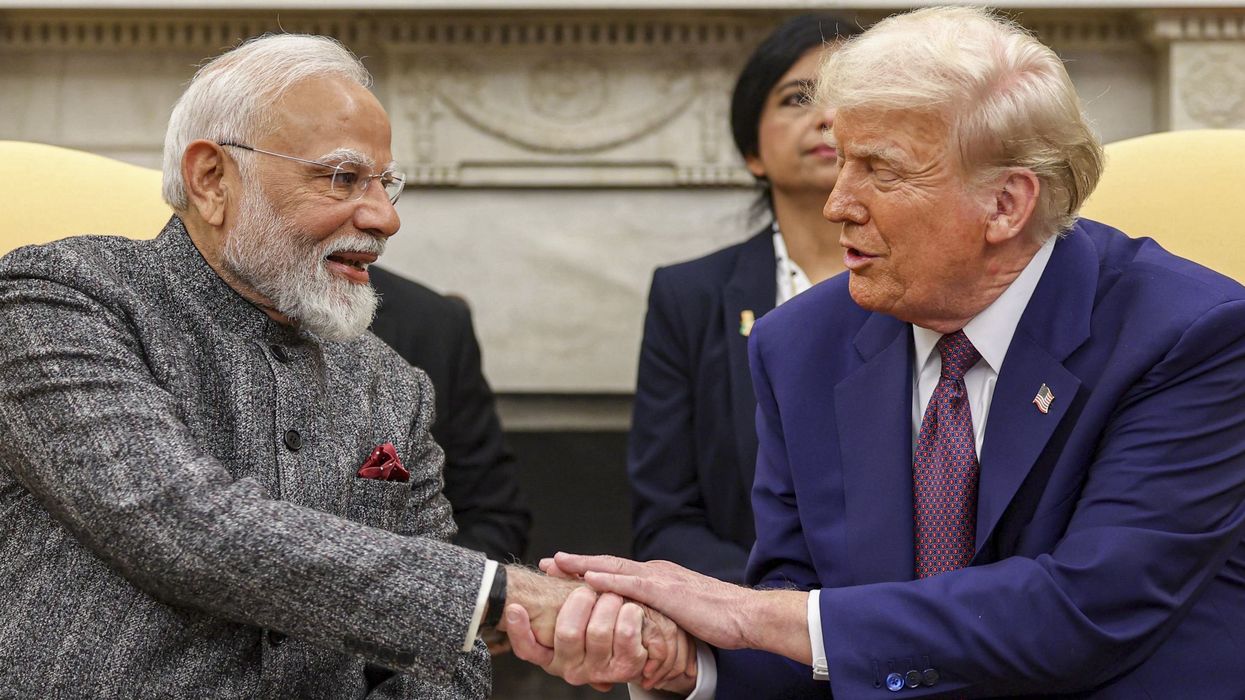

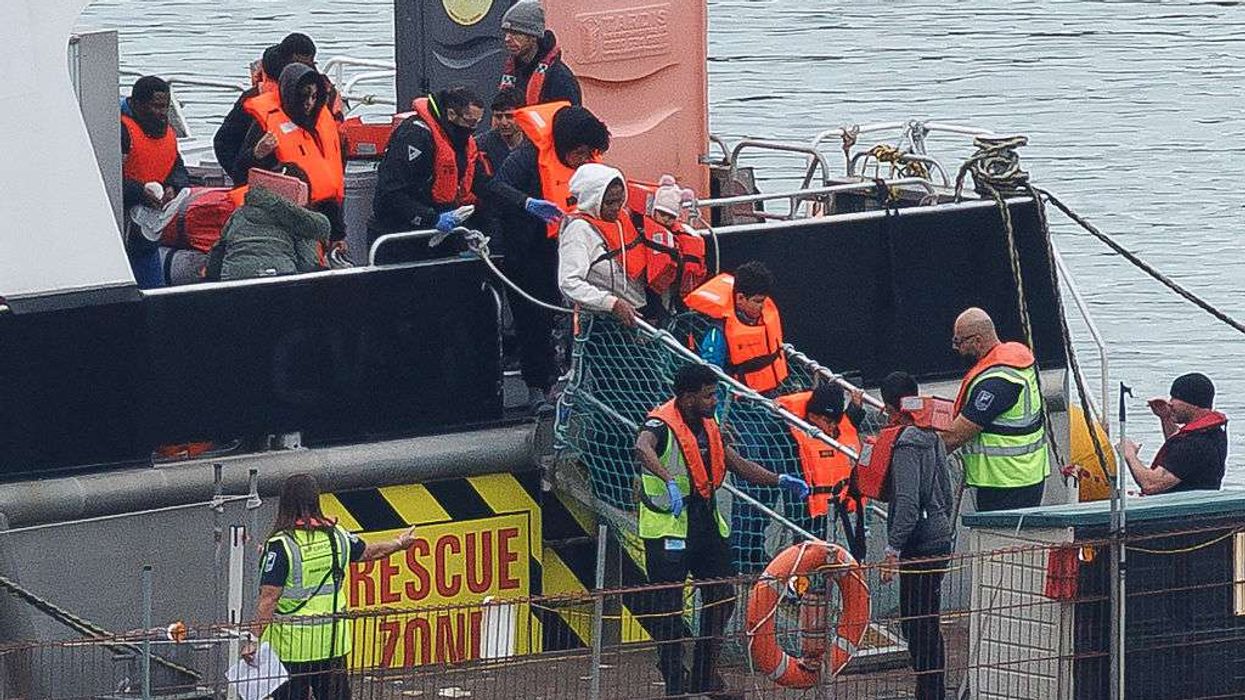
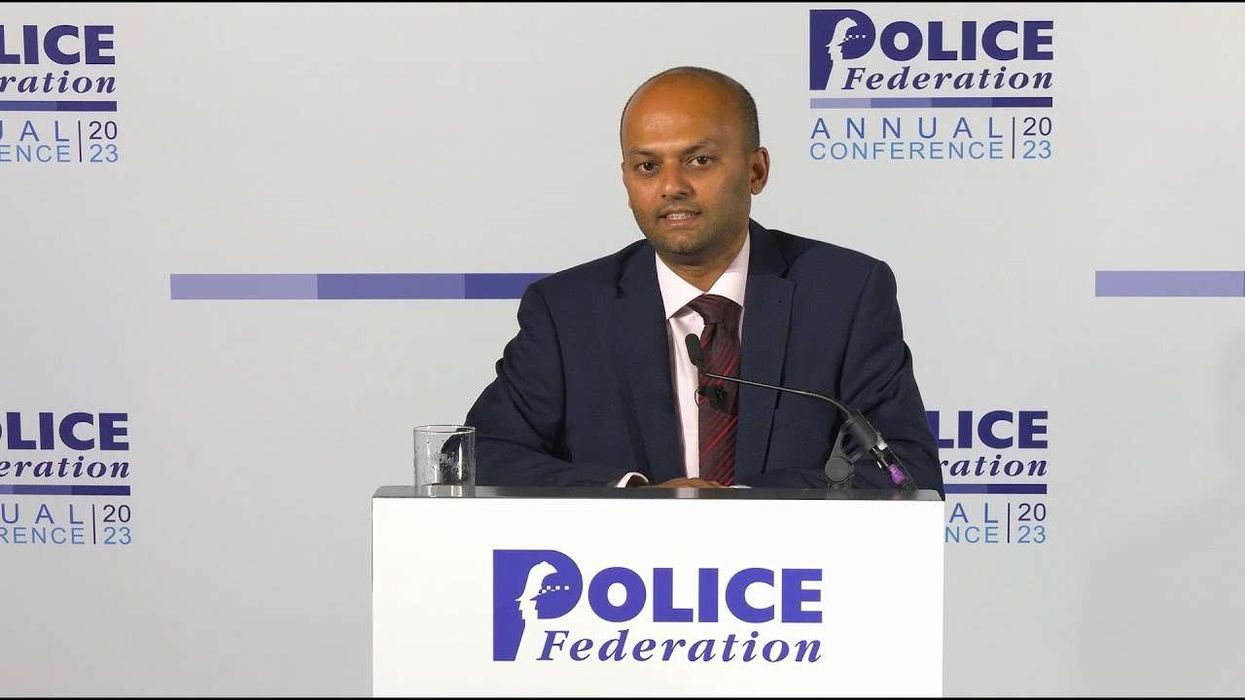
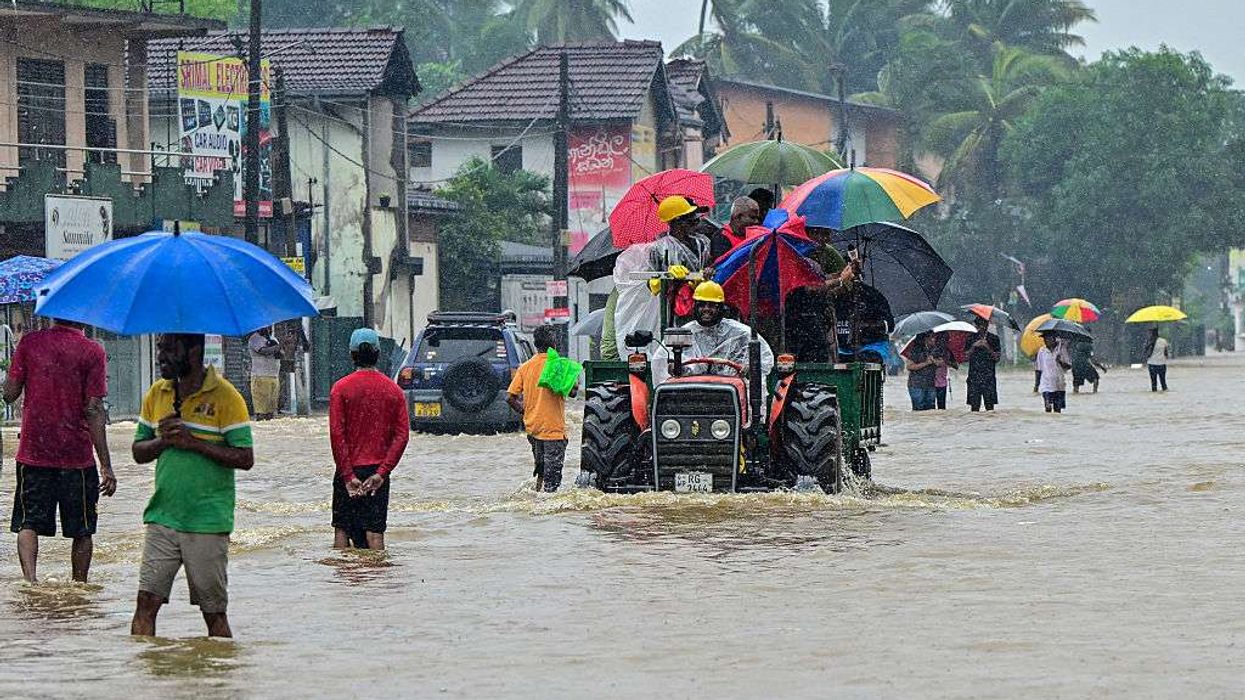
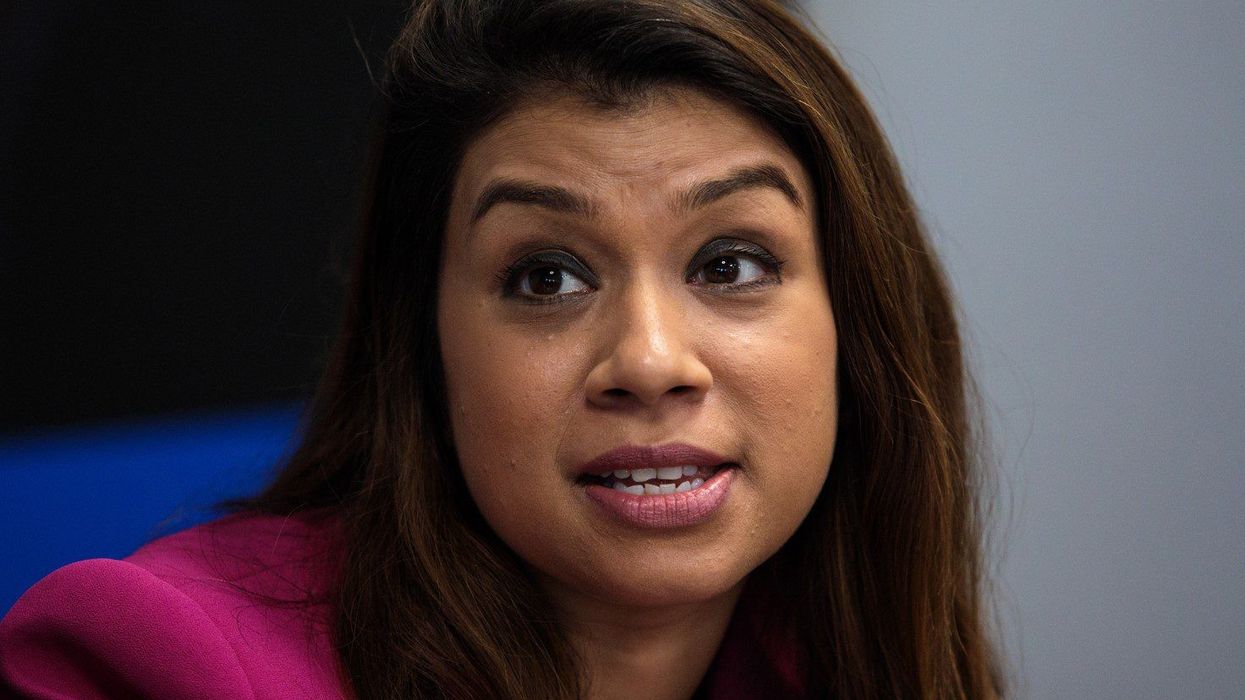

 SS Tilawa
SS Tilawa